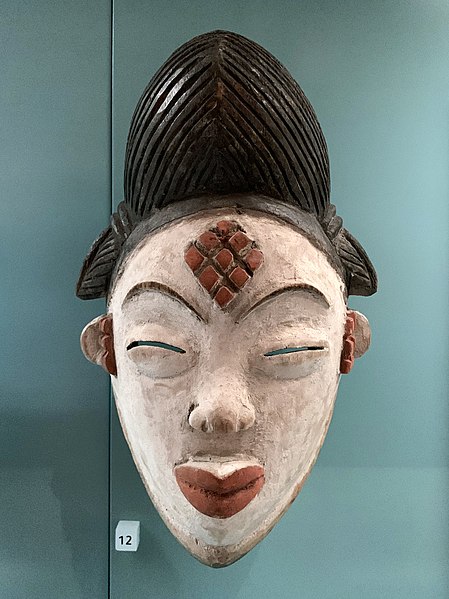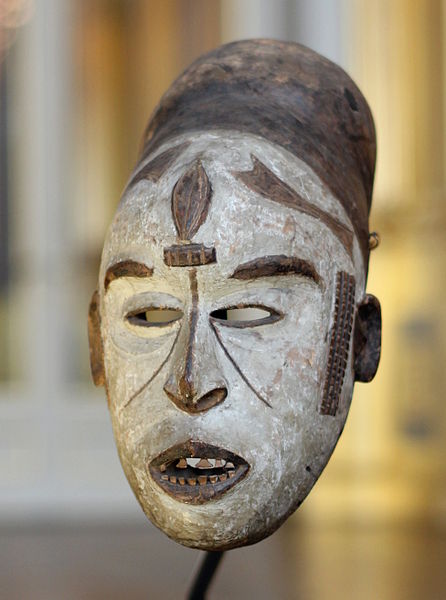Thammasat University students interested in political science, history, Afro-Asian relations, Asian and African area studies, demography, geography, development economics, anthropology, language education, and religious studies may find a new book useful.
Connecting Africa and Asia: Afrasia as a Benign Community is an Open Access book available for free download at this link:
https://library.oapen.org/handle/20.500.12657/53661
The Thammasat University Library collection includes several books about many different aspects of Africa and Asia.
The author, Professor Yoichi Mine, teaches at the Graduate School of Global Studies, Doshisha University, Kyoto, Japan. His research interests include human security and development economics.
Professor Mine notes that by 2100, over 80 per cent of the world’s population is expected to live in Africa or Asia, an area that he terms Afrasia to underline common points between the two continents. Challenges to Afrasia as an emerging macro-region may be resolved if issues related to gender, employment, agriculture, human–nature relationships, and multicultural coexistence are addressed.
In 2001, the population of Asia was 3.79 billion and Africa 0.83 billion. The United Nations projects that by 2100 AD, the Asian population will be 4.72 billion and Africa 4.28 billion. In few decades, Asians and Africans will likely compose about 80 per cent of the world’s population between them.
Some observers wonder whether the rapid growth in Afrasian population represents a threat to world stability.
Professor Mine believes that a benign community of Afrasia is possible, but requires studying
Africa and Asia in long-term perspective: Asia is still gaining strength, and Africa is catching up with Asia. Among challenges in Asia are natural disasters, authoritarian regimes, climate change, and alterations in the relationship between nature and humans, leading to the outbreaks of new infectious diseases.
The era of Afrasia may be seen as an opportunity as well as a challenge. In Afrasia, life may be more peaceful and equitable, in a world that values ecosystems, cultures, and the infinite diversity of individuals.
In future decades, Indians will replace the Chinese as the majority of the world’s population, and then Africans will replace Indians. Wherever people live, they have common rights to freedom and dignity.
One shared basis for linking African and Asian populations are their historical experience of being colonized by European powers.
The book’s conclusion notes:
Benedict Anderson’s Imagined Communities (1983) singled out the critical role of language and publication in nation-building. Anderson’s work has been widely read as a classic study of nationalism, but its own case study was not about the established Western nation-states, but the process in which new Asian nation-states, Indonesia in particular, took shape in the 20th century. A tempting shortcut to building a sense of national unity is to create an external enemy. After independence, Sukarno’s Indonesia viewed its neighbour, Malaysia, as a pawn of the West, and even went so far as to withdraw from the UN in 1965 over this issue. Then, Suharto who usurped political power from Sukarno regarded the communists and China as the arch-enemy of his new Indonesian regime. Can Afrasia become a benign community that makes no enemies both inside and outside? As emphasised, if there is any common basis for linking peoples living in Africa and Asia together, it is primarily their shared historical experience of being colonised by powers from Europe. This must be a potent factor that will bind the vast Afrasian space together. Some countries like Ethiopia, Liberia, Thailand, and Japan escaped colonial rule by the West, but these nations were also targets for Western colonial expansion at certain stages in history. Japan has transformed itself into an imperial monster in a kind of overreaction to the aggression of the West. In the future world, colonial relationships should never be repeated. Afrasia is an imagined community based on the historical notion of justice: no powerful nation should ever deprive a small nation of its freedom. Afrasia can be a cultural community that will pledge not to replicate colonial behaviours, a no-war community that will not resolve conflict by military means, and a developmental community that will not plunder natural and human resources within and without the macro-region. It will be relatively easy to cultivate cooperation in the fields of culture, arts, and academia. There is also a strong consensus within the region that the world’s nations should avoid resolving conflict through military interventions. What about development? Since 1993, Japan has matured a framework for development cooperation with Africa in the form of the Tokyo International Conference on African Development (TICAD), and parallel efforts have been made by China, India, and South Korea. In particular, the Forum on China–Africa Cooperation (FOCAC) has seen remarkable growth since its launch in 2000. When these projects mutually respect, collaborate with, and invite stakeholders from other parts of Asia, an Afrasian developmental community will be activated and begin to take a clearer shape. It is not just government policies that matter. There are also non-governmental initiatives in Japan, South Korea, and India, as well as in all parts of China to advance exchanges between these Asian nations and the African continent across all aspects of academia, culture, and business. Those involved must be interested in how people in other Asian countries collaborate with their African counterparts. Southeast Asians appear to be less aware of relationships with Africa as a region, but most are already parts of the broader Islamic and Christian communities. Furthermore, African migrants travel and settle around Asian countries. If all Asian actors organise a forum where they discuss their relationships with Africa and co-ordinate their activities, a de facto Afrasian community will be created without having to draft a formal charter or organise a big founding conference. We do not have to venture into something artificial. We need only to connect the existing Afro-Asian exchange forums in Asian countries and invite guests from the outside. Some readers of this book may have thought that the conception of Afrasia, while interesting as a thought experiment, is not realistic. However, the Afrasian community already almost exists. Asians need only to exchange amongst themselves their experiences of interacting with Africans, and Africans are expected to reciprocate. World regions bounded by common characteristics in terms of geography, climate, livelihood, culture, language, or religion have existed for centuries and millennia. Afrasia may be too large a regional unit, given its internal diversity. We admit that Afrasia as a macro-region is possibly an ephemeral space in which nurturing a natural identity across its members is no easy task. Nevertheless, we still dream of Afrasia. First, as emphasised in this book, the moral significance of parting with the colonial past remains with us.
(All images courtesy of Wikimedia Commons)



